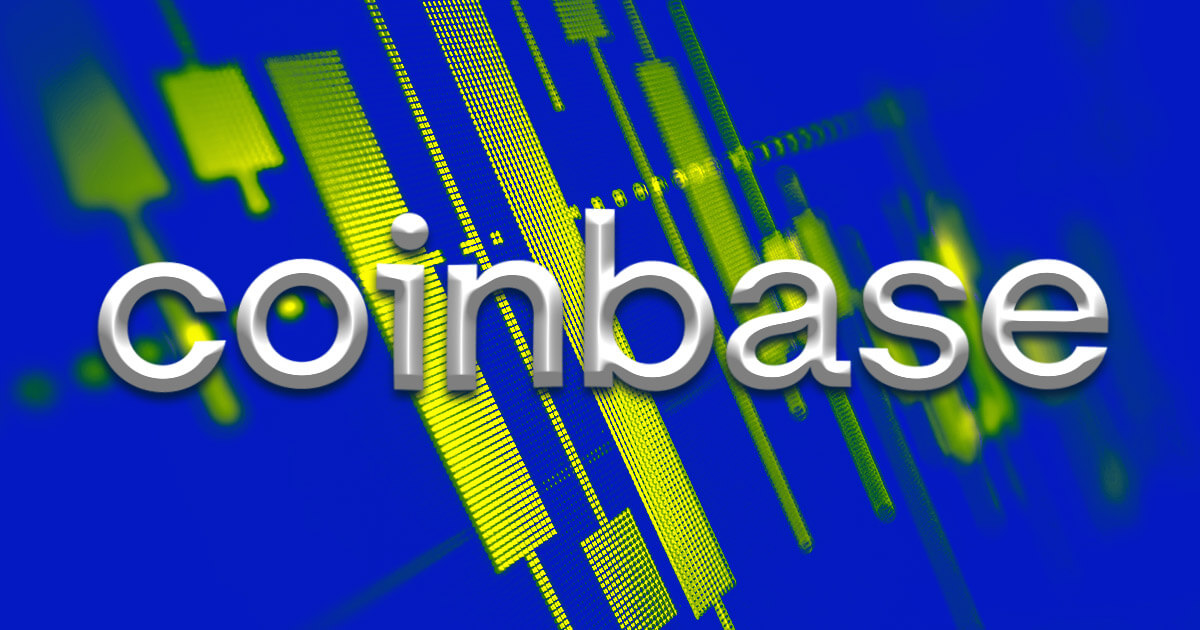[ad_1]
Not six months ago, ether led a recovery in cryptocurrency prices ahead of a big tech upgrade that would make something called “staking” available to crypto investors.
Most people have hardly wrapped their heads around the concept, but now, the price of ether is falling amid mounting fears that the Securities and Exchange Commission could crack down on it.
On Thursday, Kraken, one of the largest crypto exchanges in the world, closed its staking program in a $30 million settlement with the SEC, which said the company failed to register the offer and sale of its crypto staking-as-a-service program.
The night before, Coinbase CEO Brian Armstrong warned his Twitter followers that the securities regulator may want more broadly to end staking for U.S. retail customers.
“This should put everyone on notice in this marketplace,” SEC Chair Gary Gensler told CNBC’s “Squawk Box” Friday morning. “Whether you call it lend, earn, yield, whether you offer an annual percentage yield – that doesn’t matter. If someone is taking [customer] tokens and transferring to their platform, the platform controls it.”
Staking has widely been seen as a catalyst for mainstream adoption of crypto and a big revenue opportunity for exchanges like Coinbase. A clampdown on staking, and staking services, could have damaging consequences not just for those exchanges, but also Ethereum and other proof-of-stake blockchain networks. To understand why, it helps to have a basic understanding of the activity in question.
Here’s what you need to know:
What is staking?
Staking is a way for investors to earn passive yield on their cryptocurrency holdings by locking tokens up on the network for a period of time. For example, if you decide you want to stake your ether holdings, you would do so on the Ethereum network. The bottom line is it allows investors to put their crypto to work if they’re not planning to sell it anytime soon.
How does staking work?
Staking is sometimes referred to as the crypto version of a high-interest savings account, but there’s a major flaw in that comparison: crypto networks are decentralized, and banking institutions are not.
Earning interest through staking is not the same thing as earning interest from a high annual percentage yield offered by a centralized platform like those that ran into trouble last year, like BlockFi and Celsius, or Gemini just last month. Those offerings really were more akin to a savings account: people would deposit their crypto with centralized entities that lent those funds out and promised rewards to the depositors in interest (of up to 20% in some cases). Rewards vary by network but generally, the more you stake, the more you earn.
By contrast, when you stake your crypto, you are contributing to the proof-of-stake system that keeps decentralized networks like Ethereum running and secure; you become a “validator” on the blockchain, meaning you verify and process the transactions as they come through, if chosen by the algorithm. The selection is semi-random – the more crypto you stake, the more likely you’ll be chosen as a validator.
The lock-up of your funds serves as a sort of collateral that can be destroyed if you as a validator act dishonestly or insincerely.
This is true only for proof-of-stake networks like Ethereum, Solana, Polkadot and Cardano. A proof-of-work network like Bitcoin uses a different process to confirm transactions.
Staking as a service
In most cases, investors won’t be staking themselves – the process of validating network transactions is just impractical on both the retail and institutional levels.
That’s where crypto service providers like Coinbase, and formerly Kraken, come in. Investors can give their crypto to the staking service and the service does the staking on the investors’ behalf. When using a staking service, the lock-up period is determined by the networks (like Ethereum or Solana), and not the third party (like Coinbase or Kraken).
It’s also where it gets a little murky with the SEC, which said Thursday that Kraken should have registered the offer and sale of the crypto asset staking-as-a-service program with the securities regulator.
While the SEC hasn’t given formal guidance on what crypto assets it deems securities, it generally sees a red flag if someone makes an investment with a reasonable expectation of profits that would be derived from the work or effort of others.
Coinbase has about 15% of the market share of Ethereum assets, according to Oppenheimer. The industry’s current retail staking participation rate is 13.7% and growing.
Proof-of-stake vs. proof-of-work
Staking works only for proof-of-stake networks like Ethereum, Solana, Polkadot and Cardano. A proof-of-work network, like Bitcoin, uses a different process to confirm transactions.
The two are simply the protocols used to secure cryptocurrency networks.
Proof-of-work requires specialized computing equipment, like high-end graphics cards to validate transactions by solving highly complex math problems. Validators gets rewards for each transaction they confirm. This process requires a ton of energy to complete.
Ethereum’s big migration to proof-of-stake from proof-of-work improved its energy efficiency almost 100%.
Risks involved
The source of return in staking is different from traditional markets. There aren’t humans on the other side promising returns, but rather the protocol itself paying investors to run the computational network.
Despite how far crypto has come, it’s still a young industry filled with technological risks, and potential bugs in the code is a big one. If the system doesn’t work as expected, it’s possible investors could lose some of their staked coins.
Volatility is and has always been a somewhat attractive feature in crypto but it comes with risks, too. One of the biggest risks investors face in staking is simply a drop in the price. Sometimes a big decline can lead smaller projects to hike their rates to make a potential opportunity more attractive.
[ad_2]











